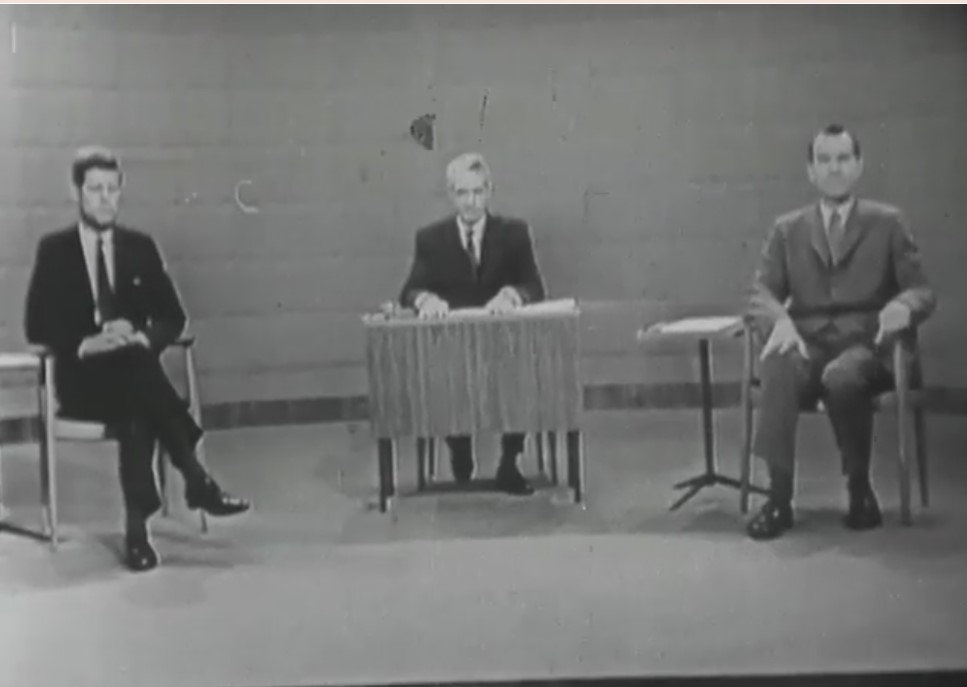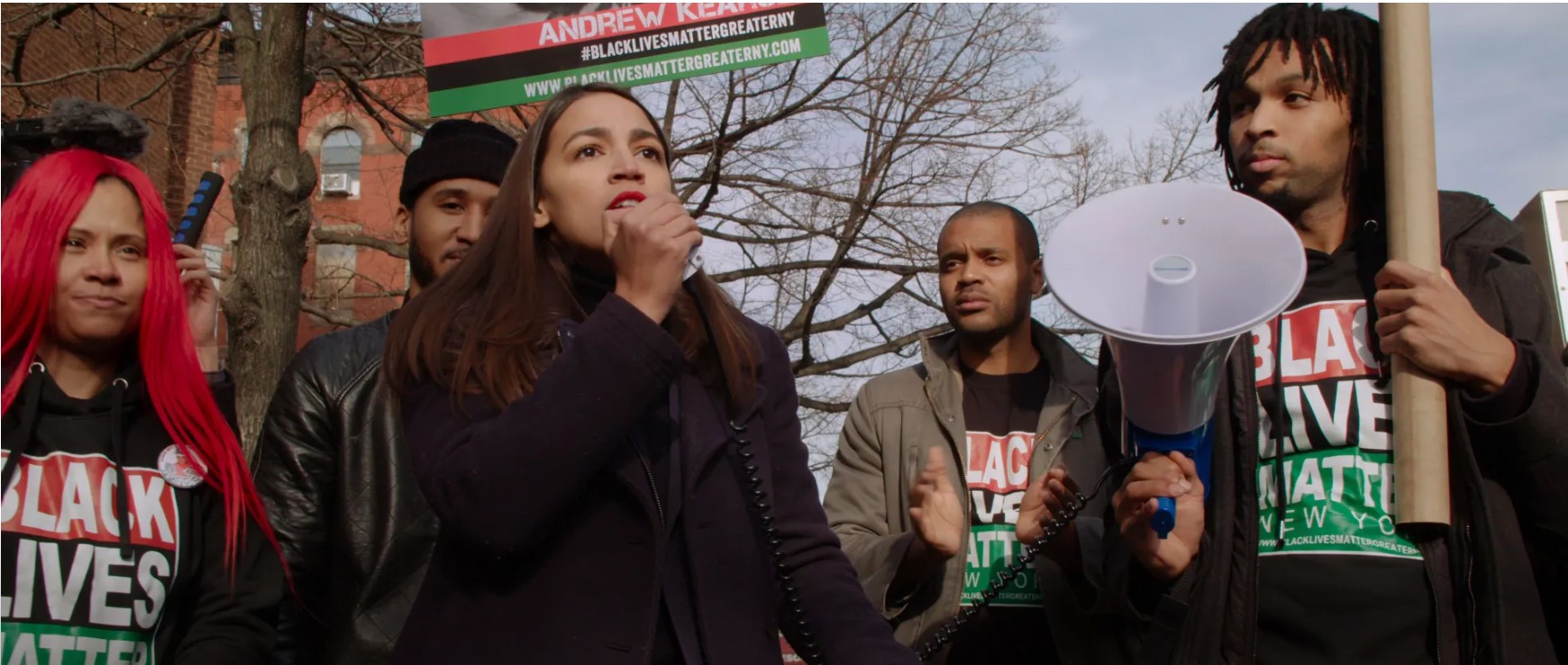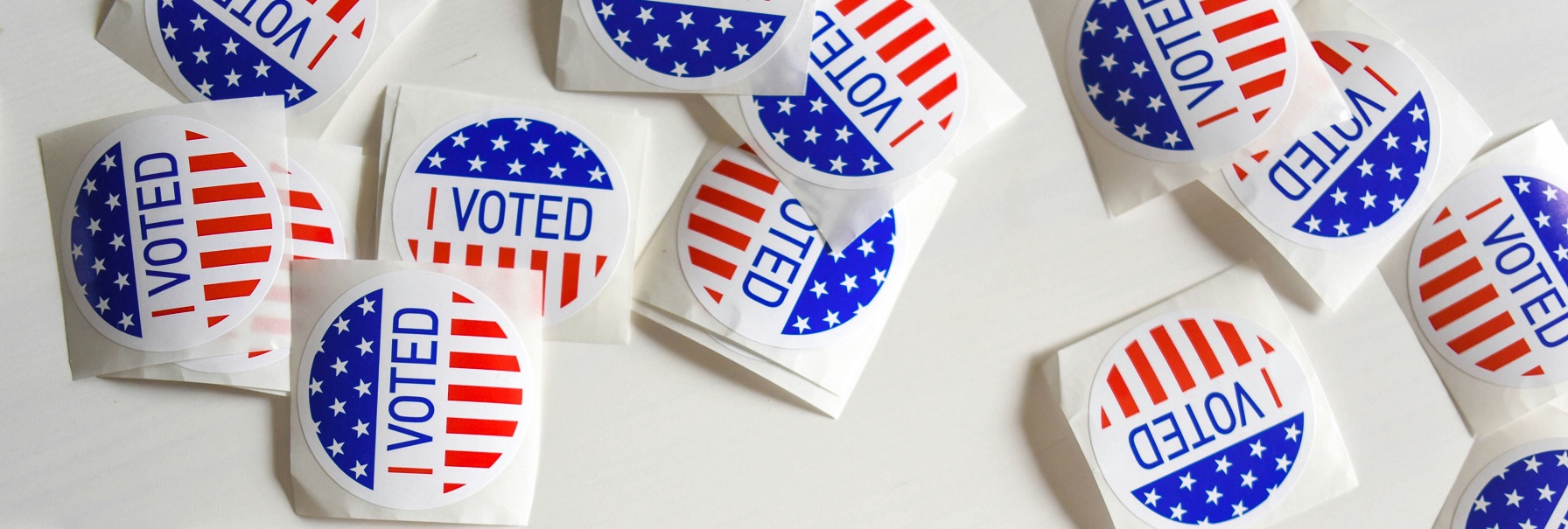Voters go to the polls again in 2024 to choose the next US President. As Democrats and Republicans draw their electoral battle lines and plan their strategies for winning the highest political office in the United States of America, officials on both sides will work hard to communicate their vision for the US for the next four years to the electorate. History has shown how a well-crafted communication strategy can be the lynchpin for electoral success worldwide, whether campaigning to become the next class president at high school, in local council elections, or ahead of national polls to decide the next president. Here’s how a good communication strategy can help win votes.
Use every available platform
In the 1960s and 1970s, presidential candidates turned increasingly to television to get their message across to the electorate. In 1960, John F. Kennedy debated Richard Nixon in a televised presidential debate on CBS that was screened nationwide, thus beginning one of the most prominent features of electoral campaigns today.

Strategists recognized the power of television to reach the masses, allowing their candidates to speak to the population without having to travel to all corners of the country. In 1960, Kennedy came across as a young, sophisticated candidate who could effectively and seamlessly communicate his vision. Unlike Nixon, who memorably sweated, stuttered, and appeared out of touch, he appeared to be a man of the people.
In today’s digital age, communication strategies extend far beyond television. Candidates increasingly turn to soundbite-driven social media platforms, notably X and TikTok, to get their message across in bitesize chunks.
Barack Obama’s successful communication strategies in 2008 and 2012 saw social media used to mobilize young voters while continuing tried and tested methods of reaching voters in swing states through traditional face-to-face canvassing and phone banks.
In 2016, Donald Trump was particularly effective in capitalizing upon growing dismay at traditional mainstream media outlets, accusing them of pushing fake new narratives across the country. As he shunned traditional media in favour of prolifically using X (F.K.A. Twitter), voters flocked to this new way of communicating free of perceived liberal-driven media bias.
Create a compelling narrative
How Trump crafted his narrative spoke to disaffected voters and proved crucial in beating Hillary Clinton. His narrative to “Make America Great Again” resonated with millions of voters fed up with the US political status quo.

Four years later, in 2020, Joe Biden’s campaign message was firmly centered around reuniting a divided nation, particularly in the wake of the highly polarized years of Trump, the emergence from COVID-19, and Black Lives Matter protests in the wake of George Floyd’s death.
Biden’s rhetoric was coated with an emphatic and understanding communication style that spoke to many voters. He brought them together through his vision of racial justice and public health while criticizing Trump’s handling of these controversies and crises.
By showing that he understood the challenges of everyday voters affected by the pandemic and offering to re-engage with those disaffected by Trump’s more polarizing approach, Biden’s team created the narrative that he was the unity candidate that could bring a divided nation back together.
Effective messaging
Candidates must be able to frame their message effectively to create a compelling narrative that resonates with voters. Breaking through the noise and ensuring their message is understood is critical to a candidate’s success across the electorate. Candidates usually highlight their positive facets and zero in on their opponent’s weaknesses. For instance, in 2016, Donald Trump’s message framed him as an outsider, a threat to the political elite of which his opponent, Hillary Clinton, was a member, and someone on the side of blue-collar workers whose voices had gone unheard.
Clinton’s messaging, meanwhile, framed her as the most competent, experienced, and qualified candidate for the job while targeting Trump as an inexperienced, dangerous candidate ill-suited for high office.
Trump’s use of social media – particularly Twitter – was decisive, as he could get his message out to tens of millions of people and frame the narrative without the scrutiny of press conferences or being viewed through a media bias.
Building credibility with the audience
Campaign teams go to extraordinary lengths to understand their target audience. They recognize that some voters are beyond their reach and, rather than deliberately targeting them with their message, focus on voters who could vote either way. That message differs depending on where voters live. For instance, voters in rural states like Indiana, where the local economy is built on farming soybeans and corn, would have vastly different priorities to voters in metropolitan areas such as New York City, where access to affordable housing is needed.
As a result, to win elections, candidates must build trust and credibility across different voter types and show adaptability in their communication styles to speak effectively to different voter demographics. In addition, transparency, authenticity, and consistency of messaging are essential, as shown by how Trump broke through the political mainstream in 2016 and saw Bernie Sanders and Elizabeth Warren resonate with progressive voters during Democratic primaries in 2016 and 2020.
Indeed, for many voters, the personal touch is the best way to build trust with your brand. Everyone remembers Trump standing in front of packed rallies across the country in 2016, engaging effectively not only to the voters within the room but across the nation on television.
Meanwhile, Alexandria Ocasio-Cortez’s grassroots campaign during the 2018 midterms relied heavily on meeting people in New York’s 14th district face-to-face. This personal engagement reaped rewards as she won a historic election to Congress after refusing to take corporate donations.

Great comms win votes and business
History has shown that a well-executed and consistent communication strategy is instrumental in winning votes. By understanding the electorate and what matters to them, campaign teams can craft compelling narratives that speak to voters, engage with them, and make them feel heard. As the political landscape and media platforms evolve, those who adapt and embrace new ways of communicating their vision to people will most likely win over voters’ hearts and minds, ultimately emerging victorious.
Indeed, a strong communication strategy doesn’t just win votes; it wins business, too. When it comes to effective business communication strategies, it’s important to prioritise clear and concise messaging. Whether it’s through your website, PR, email or social media, the way you communicate can have a significant impact on the success of your ROI.
Speak to the Contentworks Agency team about your brand’s communication strategy today.
